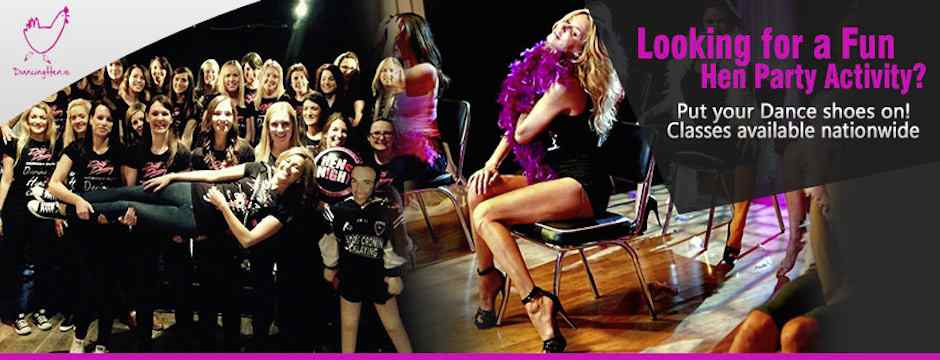
v. danced, dan-cing, dan-ces
To move rhythmically, usually to music, utilising prescribed or improvised steps and/or gestures
v.tr.
To engage in or perform a dance
This is how the Oxford English Dictionary describes the term “dance”. What exactly does it tell us?
Dance is a form of art whereby people use their bodies to perform rhythmic movements to the beat of music. It has been done for eons throughout many cultures, and is used to express happiness, emotion, spiritualism and exercise and is often used as a manner in which to relay a story without the use of words.
Not only humans can dance. Animals are also widely known for this behaviour as a non-verbal communication method, especially during mating rituals.
There are several genres and styles of dance. Ballroom, Ballet and the Tango is classical styles of dancing. African dancing can be described as interpretive (story telling). Step dances are classified by square dancing and electric slides. All dancing can be done as an individual, as a group in front of an audience, or as a social event.
Choreography is an art form whereby dances are created. The person who is responsible for creating a specific dance routine or act, is more commonly known as a choreographer.
It is quite impossible to estimate exactly when dance rituals and dancing became an integral part of our lives. Other than cave paintings and ancient hunting tools, the art of dance has not left behind any distinct, physical relics. However, it has been thought dance in its form has been around from as early as the first stages of evolution as a form of trance before the commencement of a battle and/or war. It is believed that the trance-like state assisted the warriors to lose their true identities and to set them into a state of mind whereby they could fight effectively.
The earliest recorded structured use of dance has been during the telling of ancient myths. In the past, dance instead of speech or written language was also used to pass down tales from generation to generation. In that way, no words could be twisted; the dance would portray the true story.
In ancient times, dance rituals were used by men to show their sense of affection towards a potential female companion. This theory is closely coupled to the basis of the act of making love between a man and a woman.
An additional ancient application of dance is also thought to have been the foundation of healing rituals. In the rainforests of Brazil and the Kalahari Desert, dance is still the main element of spiritual and ritual healing techniques.
Most dance forms that are classified as contemporary can be dated back in history. It is said that dances from Sri Lanka are all interconnected with the original aborigines and mythic devils which were known as yakkas. Legend also has it that the Kandyan dance was first performed as a magic ritual that removed an evil spell from a bewitched, ancient king.
In the early years most forms of dance was created to be performed as a pair. In the years that followed this practice continued, and thus some dances such as the Salsa, Tango, Waltz and the Jig has been developed. While it is true that most dances are performed with the accompaniment of music, certain dance forms such as tap dance, can be performed without the presence of music. Dance is commonly also performed to the rhythm or beat of a specific piece of music, but this is not a necessity. When a dance is executed without the presence of music, it is known as “dancing to your inner rhythm”.
Through the years, dance it itself has evolved to the age whereby dance competitions are very much a part of the concept. As we know, dance competitions are very competitive and performed in front of judging panels for some kind of reward; in some cases even cash prizes. Dance competitions which are classified as being “open”, allows dancers to perform any form of dance, usually as an individual. Dance as a sport, is mainly performed as couples and involves the more reformed Latin dances or ballroom dancing. Single Style dance competitions only allow a specific style of dance, such as Irish dancing.
No matter what style or form of dance you prefer, let your hair down and let your rhythm do the talking. For most of us who just let loose, it is often “therapeutic” and, no matter if you had a bad day, sure to make you feel better. So, dance like nobody is watching!